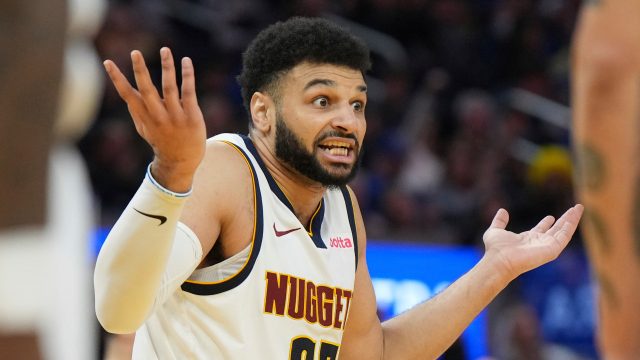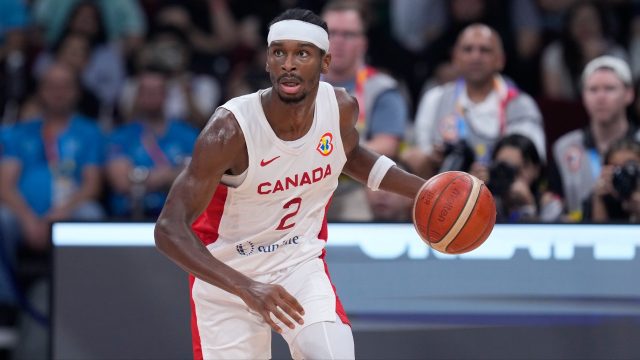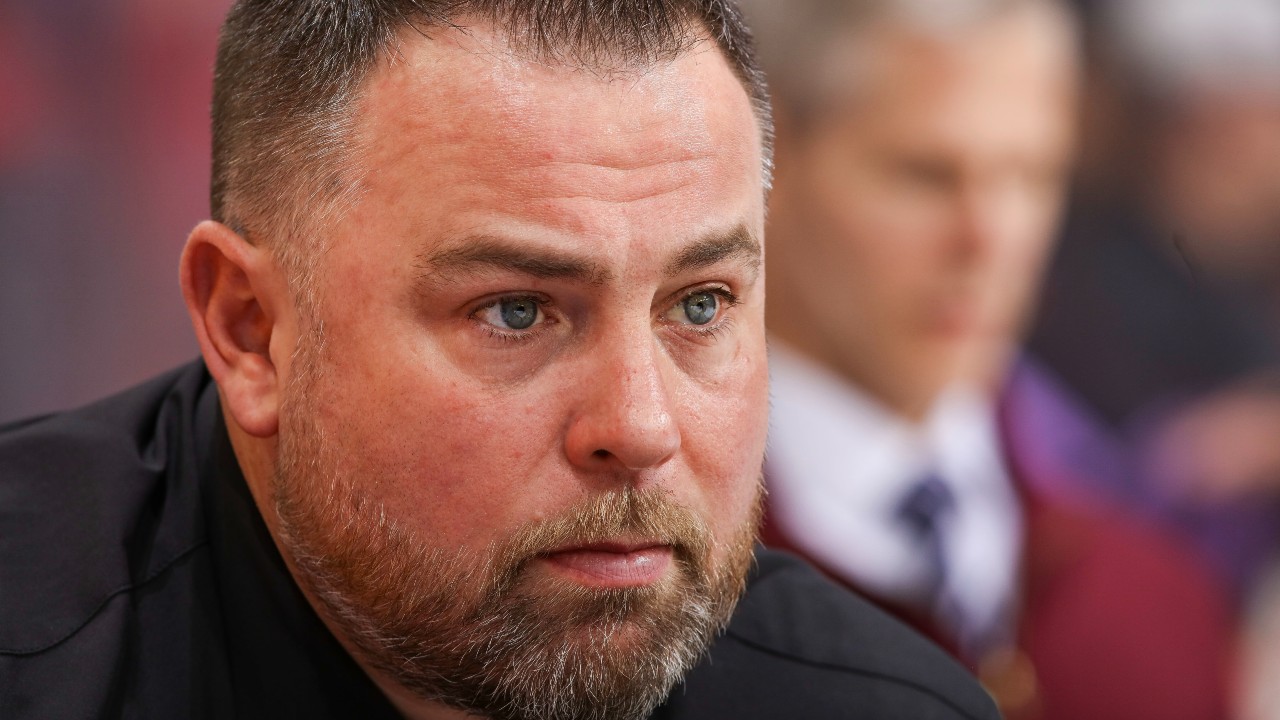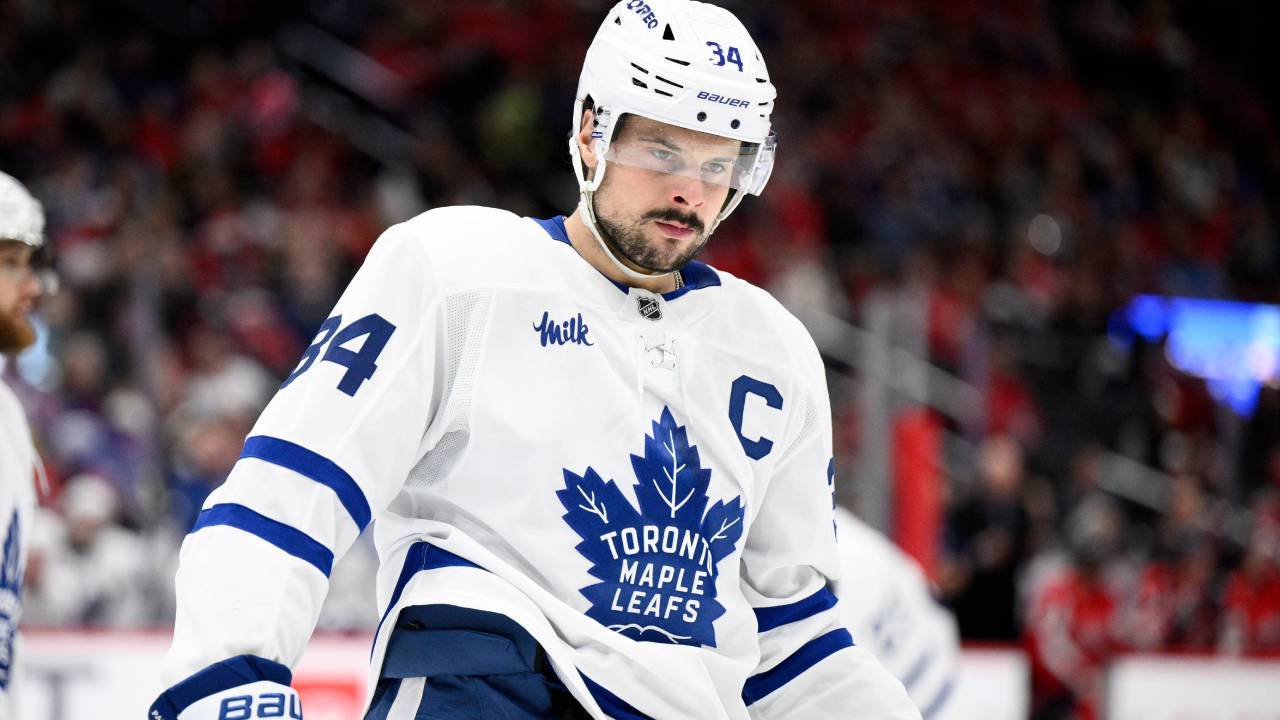
CANADA’S OLYMPICS X-FACTOR

S
ummer in Toronto. Sun is out. Streets are popping. Traffic jamming. Long weekend coming.
But for Andrew Nembhard, it’s time to go to work. He arrives in the dim light of the below-street-level gym at the Goldring Centre on campus at the University of Toronto to get ready for what could be a transformative year: first as a crucial addition to the Canadian men’s Olympic team, then as the glue piece on the Indiana Pacers — one of the NBA’s best young clubs.
Nembhard’s star is rising. Just this week, the Pacers signed him to a three-year contract extension worth $59 million, a reward for past performance and a safe bet on future production. The Olympic tournament could be another chance to bring attention to a player who lets his game do most of the talking.
As the 24-year-old guard takes the floor at U-of-T for his workout, his eye-opening performance during Indiana’s impressive run to the Eastern Conference Finals is four weeks in the rearview. Four weeks in the future — this Saturday afternoon in real time — the Canadian men’s team will open the Olympic tournament against Greece and two-time NBA MVP Giannis Antetokounmpo. But for the moment, Nembhard’s had time to wind down, vacation in Europe, resettle in his Toronto summer rental after driving home from Indianapolis, and plan for what the summer and next season will bring.
Now it’s time to start stacking days, to reengage with the incremental approach to improvement that has transformed Nembhard from an overlooked prospect who played four years of college basketball before being taken in the second-round of the 2022 NBA Draft, to the Pacers’ — and Canada’s — X-factor, an ‘if you know, you know’ name that hoops hipsters recognize as an emerging talent.
But first?
“Where’s the aux cord at?”
And with that Nembhard disappears for a moment, re-emerging after a silky, Afrobeat playlist — heavy on Nigeria’s own Burna Boy — fills the gym. With that detail attended to, he gets to work on an hour of deliberate, almost slow-motion shooting drills under the watchful eye of Pacers assistant coach Jenny Boucek, a meditative calm radiating through the space.
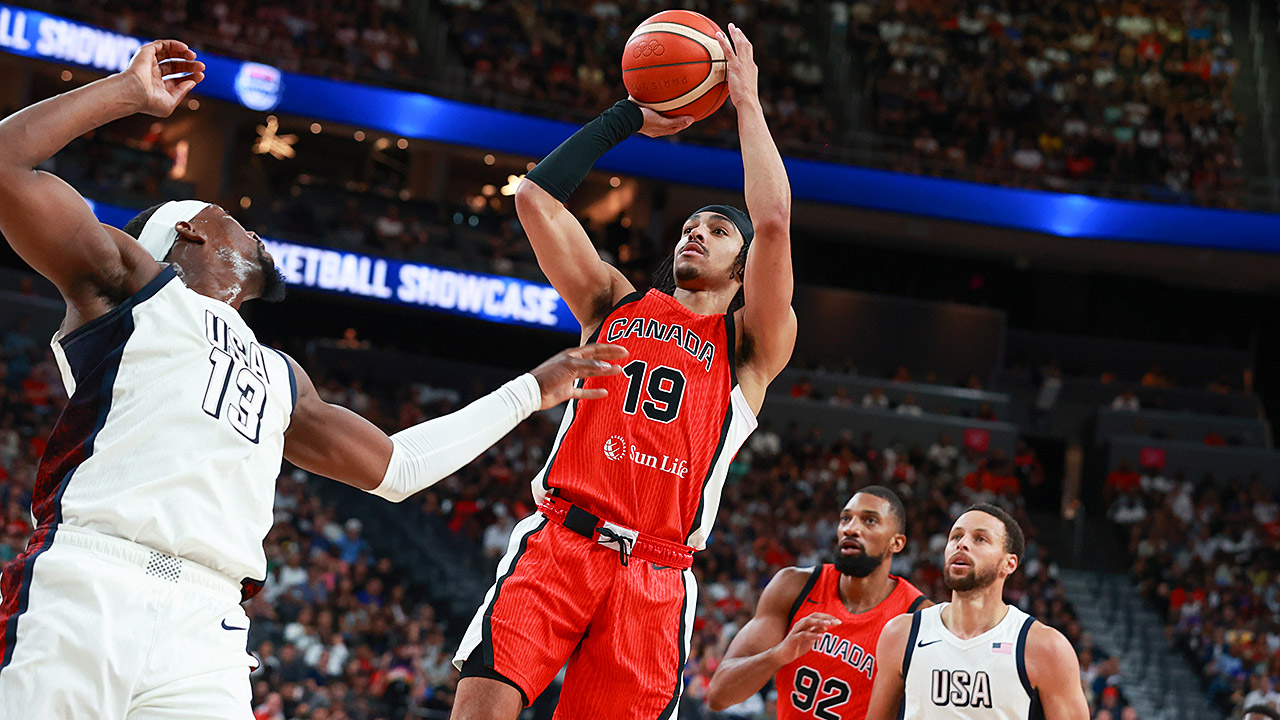
T
he Canadian men’s national team is stacked with talent. The group that will take the floor Saturday afternoon against a Greek team led by Antetokounmpo is the best roster Canada has ever produced, featuring recognized star power in Shai Gilgeous-Alexander and Jamal Murray, and NBA-quality depth at every position.
But every collection of talent requires a connector. Every team that wins — and the expectation is that the Canadian men will be competing to bring home this country’s first Olympics basketball medal since 1936 — needs someone who can make the whole more than the sum of its parts.
In other words, every team with ambition needs an Andrew Nembhard, who is playing for Canada for the first time since making his senior team debut at the 2019 FIBA Basketball World Cup in China, when he was just 19 years old.
The six-foot-five guard can provide a little bit of everything, or more when required.
“Point guard is a vital position in FIBA, the games are short, every possession matters and that’s one of his great strengths. He’s a very, very good decision maker, very calm,” says men’s national team general manager Rowan Barrett, who made it a priority to bring Nembhard into the fold, seeing him as a central piece in a plan for Canada to be one of the best basketball countries in the world.
“We have different weapons on the team,” says Barrett. “And I think Andrew is one of those athletes that can make the other ones better. He can set people up [and]if he needs to, assert himself. And then obviously, he’s a winner. I mean, I can talk about him for an hour. He’s a great kid, has a great attitude and the statistic I think that he focuses on the most is making sure that you’re beating the other team when’s he’s on the court.”
It’s a point of pride for Nembhard, who was coached by his father, Claude Nembhard, while growing up, and whose younger brother Ryan is an elite point guard as well, suiting up for Canada’s junior teams and entering his senior season at Gonzaga University.
“I definitely believe I can help this team, coming off the bench, just filling gaps,” says Andrew after sitting down on a row of bleachers, his workout concluded.
We are talking just a couple of days before the national team training camp opens, so there is an almost imperceptible trace of uncertainty in Nembhard’s voice. He knows what he can do but on the eve of camp and before any exhibition games have been played, he’s not taking anything for granted. He’s one of the new guys joining a team that is coming off a historic bronze-medal finish at the FIBA World Cup last summer, so he’s not about to make any proclamations. Not his style. He’s just laying things out as he sees them.
“I think I can play with a lot of different line-ups. I can guard one through three, one through four at times. I can play off the catch, I can bring it up the floor, initiate the offence and make plays for other guys. I think I can fit in,” he says, providing a tidy — and accurate — self-scouting report. “The game is so positionless, everyone has to pass, shoot, dribble, make plays off the catch, read off of advantages. I think that’s what I’m going to do, I’m just going to play my game and it’s going to be easy to fit in with those guys.”
He is correct. As an example, in Canada’s exhibition win over host France as part of the build-up to the Olympic tournament, Nembhard had 10 points and five assists in 20 minutes and was crucial as Canada pushed passed their fellow medal favourites in the second half. He looked very much like the player who was a driving force in the Pacers’ run to the Eastern Conference Finals this past spring: some self-created scoring when needed, timely passing always, sturdy defence and a seamless connection with whoever was sharing the floor.
It might be Nembhard’s signature skill. Whereas Gilgeous-Alexander brings his slithery ability to get into the paint at will, causing havoc while there and Dillon Brooks provides his snarling brand of defence and Murray his penchant for creating and making game-swinging shots, Nembhard’s ability to fill space, plug the leaks and lift those around him has made him a favourite of the basketball cognoscenti, a connoisseur’s choice.
“He plays with the highest of IQs, he’s probably one of my favourite players in the NBA right now, he’s just very underrated,” says Murray, after teaming up with Nembhard for the first time. “He’s very good defensively, he’s very deceptive on both ends of the court. He plays the passing lanes and he’s physical for his size … And he can lead a unit better than people give him credit for. I’m excited to play alongside him.”
Nembhard has always had believers but only recently is he getting the broader recognition his game deserves. Not that he’s someone who needs external validation. His brand of confidence is the most important kind: beginning within, radiating out gently in measured doses, but unshakeable.
“The best way I can sum it up is he has a champion heart,” says Boucek, who has developed a close working relationship with Nembhard in Indiana, with a special — and successful — focus on developing his shooting. “There’s a lot of qualities that have to add up to be a champion. There’s basketball IQ, ability to focus and learn. There’s mental toughness, physical toughness, emotional toughness, resilience, mistake response, inner confidence that is undeterred by external factors … you’re not comparing with others, you’re just running your own race and doing whatever you can to help the team win.”
Playing club basketball as a kid, Nembhard was on the younger edge of the wave of Canadian talent that has flooded into the NBA in the past decade or so and which forms the backbone of the roster Canada hopes will deliver a medal in the coming weeks. He played against Gilgeous-Alexander, RJ Barrett and Nickeil Alexander-Walker in legendary pint-sized battles and led his club to eight consecutive OBA titles, six of them — his father is quick to point out — with his home club, the Vaughan Panthers, before joining forces with Barrett on a Brampton Warriors super team.
More often than not, it was Barrett who was the headliner as they advanced through age group basketball. Both were starters on an undefeated national high school championship team at the prestigious Montverde Academy outside Orlando, Fla., but Barrett again was the focal point as a one-and-done prospect signed to Duke.
But Nembhard wasn’t without his fans.
When the rangy point guard decided to attend the University of Florida after high school — by-passing a determined recruiting effort by Gonzaga University — it was a sad, sad, day in Spokane for Bulldogs assistant coach Stephen Gentry, who had been part of the recruiting process.
“We were literally devastated,” says Gentry. “When we heard the news we went straight to Jack and Dan’s [the legendary watering hole once owned by Jack Stockton, father of Gonzaga star and NBA Hall-of-Famer John Stockton]and drank. You would have thought it was like a funeral. We were just so down, like, ‘Oh my gosh. Like, we’re not getting Andrew, he’s not coming here.’”
He eventually did end up at Gonzaga, transferring to the West Coast Conference powerhouse for his junior and senior seasons over which the Bulldogs compiled a 59-5 record. He helped Gonzaga advance to the NCAA Finals in his first year with the team and the Sweet 16 as a senior.
Once more Nembhard wasn’t at the top of the scouting report, not with those teams featuring eventual first-round picks Jalen Suggs, Corey Kispert and Chet Holmgren, but Nembhard’s value was obvious: In two NCAA tournament runs, he played 306 of a possible 320 regulation minutes over eight games, excluding a first-round blowout win in 2020-21. Coaches want him on the floor.
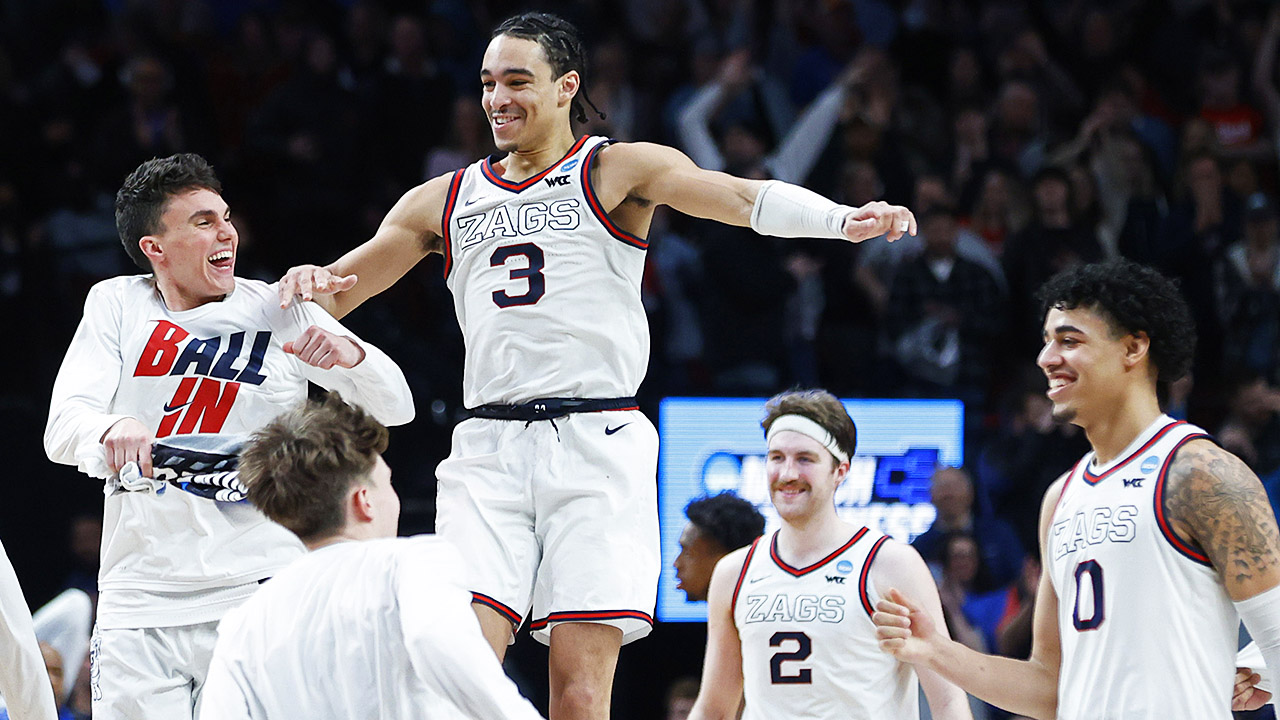
“I think he’s just always had this knack of — and I say this in a good way — being able to fit in and blend in and connect and play and flow with other high-level players,” says Gentry. “And that’s why he’s going to be successful this summer with the Olympic team. To me that’s like a skill set in its own right. And part of that is his mind … he [just]processes and reads and sees the game at the highest of levels.
“I remember after his senior year [at Gonzaga]I ran into [Boston Celtics general manager] Brad Stevens in Indianapolis, and I had been working out with Andrew, getting him ready for the draft and the combine and all that type of stuff, and I was like, ‘hey, where do you see him going?’ And I’d kind of thrown out, like, ‘man, maybe he can go in the low 50s or something. And Brad was like, ‘Gentry, no chance. His mind is just elite, there’s no way he’ll go in the 50s. He’ll be long gone before that.’”
Nembhard ended up going 31st overall in 2022 to the Pacers who signalled their good fortune by signing him to a four-year deal worth $8 million following the draft — effectively what a late first-round pick would have earned. Tellingly, Indiana didn’t linger on getting him in the fold longer term. The extension to his rookie deal that he signed Wednesday came 48 hours after he was eligible to be offered one.
In his two seasons as a pro, all Nembhard has done is prove that the Pacers got a steal when he fell to them in the second round. Whether he’s a starter or coming off the bench, he has typically played stronger in the second half of the season than the first, and delivered the goods in the playoffs, too — all for a young Pacers team that won 25 games the year before he was drafted, improved to 35 wins in his rookie year and jumped to 47 this past season.
It’s not all Nembhard, of course — he joined the Pacers with Montreal’s Bennedict Mathurin, a lottery pick in 2022, as Indiana has built one of the league’s most promising young cores around Tyrese Haliburton, Myles Turner and recently acquired Pascal Siakam. But Nembhard has played an integral part, just as he has at every stop on his basketball journey.
Statistically, Nembhard’s profile is a pleasing one. He’s on track to be a good shooter (he converted 48.3 per cent of his threes in the playoffs), a good passer (he is averaging nearly six assists per game on a per/36 minutes basis, with a 3:1 assist-to-turnover ratio), a crafty finisher (shooting 73.7 per cent at the rim and 53.4 from 10-to-16 feet last season, both nice bumps from his rookie year) and a versatile defender. But it’s his total package that makes him stand out. When Nembhard scans the NBA landscape for role models, it’s not Damian Lillard or Stephen Curry that hold his attention, but guards like Jrue Holiday, Derrick White and Kyle Lowry — high IQ do-everything types that drive winning in an ensemble format.
“I love all those guys,” says Nembhard. “They impact the game in winning ways on both sides of the floor. They don’t take much praise for it, they just kind of go to work every day and they’re super impactful. They’re simple at times. Definitely guys I look at and I can see myself going towards that.”
He’s well on his way not only because of his on-court production but because he over-indexes in intangibles. Nembhard had a number of memorable moments during his first NBA playoff run: hitting a game-winning three in a crucial Game 3 win over the New York Knicks in the second round, shooting 60 per cent from the floor in the first round against Milwaukee in his first career playoff series and, most remarkably, averaging 28 points and 9.5 assists while shooting 56.4 per cent from the floor and 53.8 per cent from three in Games 3 and 4 against Boston in the Eastern Conference Finals while starting for Haliburton, the Pacers star point guard who missed the end of the series due to injury.
But perhaps the most telling moment came in the first quarter of Game 4 of Indiana’s first-round series against the Bucks when Nembhard got tangled up on a box out with six-foot-10, 240-pound Bobby Portis, one of the NBA’s more combative players. After Portis twisted Nembhard’s arm and got his elbow near the Canadian’s throat, the second-year guard pushed back hard, and when Portis shoved back, Nembhard stepped up and pushed him again. Nembhard moved only forward — atypical in most NBA skirmishes. The Bucks big man was eventually ejected for taking a swipe at Nembhard’s head.
Those in the know, knew.
“Everyone thinks Andrew’s a sweetheart, [but]he’s a [expletive]asshole,” says his father Claude, who coached Andrew from the time he was five until Andrew moved to the U.S. for the latter part of his high school career. “It’s not tough bravado where he’s trying to fight people, but he’s not gonna take bullshit.”
Accordingly, as the confrontation unfolded you can see Boucek — blonde hair flying — racing down from the Pacers bench to calm the waters.
“I got made fun of for how quickly I got down the court when Andrew stepped up to Bobby Portis. But one of the reasons I got there so quick is because I know how tough Andrew is and that he wasn’t going to back down, and I didn’t want something to break out where he takes a swing and gets suspended, he’s too valuable to us,” says Boucek, a former WNBA player and head coach who has been an assistant to Pacers head coach Rick Carlisle in Indiana and Dallas for five seasons. “A lot of fake tough guys in those situations, nothing’s going to happen, but Andrew just is legitimately tough … and I think the world saw that, and I think a lot of people around the league have already felt that [and]I think players know the difference between real and phony.”
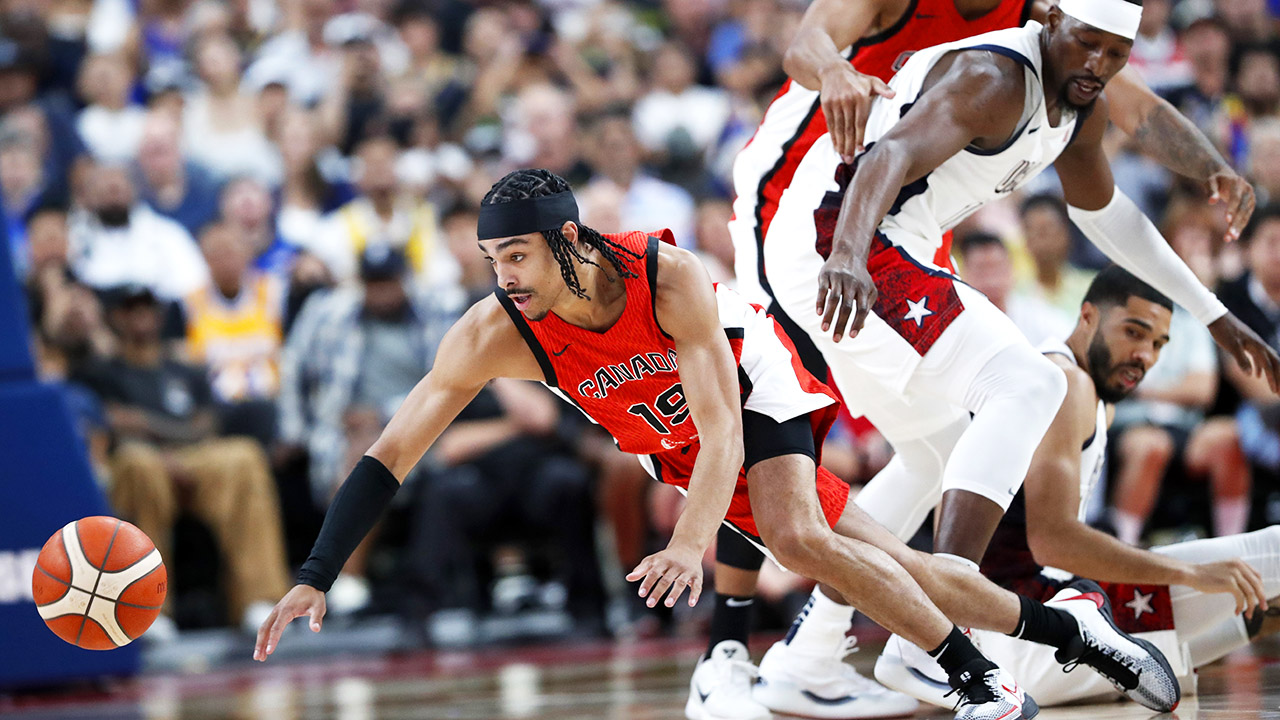
T
he intensity of that playoff energy or the upcoming Olympic tournament seem distant at the moment as Boucek and Nembhard begin one of the more unusual shooting workouts you are likely to see. There is no pool of sweat on the floor, no high-speed, sneaker-tearing reps, no stop-on-a-dime jumpers. Instead, it’s like watching a basketball version of Tai Chi, an emphasis on balance, rhythm and flow.
“It’s very psychological, there’s a lot of study that goes into it,” says Nembhard. “I think the main focus of it is to get into that flow state, a lot of stuff to keep me loose, unconventional stuff to kind of take your mind off what the object is, which is finishing the shot. That’s where you’re trying to get to in a game, to where you’re not really thinking, you’re moving with intent, but not really thinking about it.”
Boucek, whose mother is a psychiatrist and father a neurologist and who herself was planning on a career in medicine before basketball came calling, says it’s an approach that mirrors the one used by Holger Geschwindner, best known as the mentor to former Dallas Mavericks Hall of Famer Dirk Nowitzki. The emphasis is not mechanics, but kinetics — allowing the body to arrange itself according to the individual. It’s not for everyone as the skill-building is taken slowly and painstakingly. It’s a long-term play and requires patience, but when Boucek connected with Nembhard about it, he grasped the concept quickly and was all in.
“Yeah. I mean, it says everything about Andrew, he’s very smart and a really deep thinker, and he’s really passionate about his trade and becoming the best player that he can be. And there was a point in his rookie year where he was ready to really, like, invest in his shot,” says Boucek. “I tell them, ‘You guys are the best athletes in the world, and so I’m just studying your bodies and what bodies in your brains, holistically, are responding to.’ And then it’s tailor-made to each player. And it’s a journey that you take for them to discover their perfect shot.”
The workout ends, hugs and handshakes are exchanged. For Nembhard it’s another step on a journey with no definitive end point. His performance in the playoffs revealed that his still waters run deep with potential that he’s eagerly and intelligently exploring. He’ll let the doing stand in for talking.
“I don’t really think about my ceiling,” he says, his playlist still flowing in the background. “It’s hard for me to make these kind of irrational statements like, ‘I want to be an all-star, I want to be MVP or whatever it is.’ It sounds weird, for sure, coming from a little kid from Aurora … but one thing about me is I’ve always felt really confident in the game to make plays and to help the team win.”
On Saturday, the time for calm will be over. The storm is coming as the Canadian men open their first Olympic tournament in 24 years with the weight of expectations amplified by a roster loaded with NBA talent. The pillars are well known and will need to perform, but firmly in the mix will be Nembhard, staying cool, making connections, filling gaps and doing what he does best: Giving a team what it needs to win, in this case an Olympic medal in Paris.
Sean Pollock/Canada Basketball; Nathaniel S. Butler/NBAE via Getty Images; Craig Mitchelldyer/AP; Steve Marcus/AP


